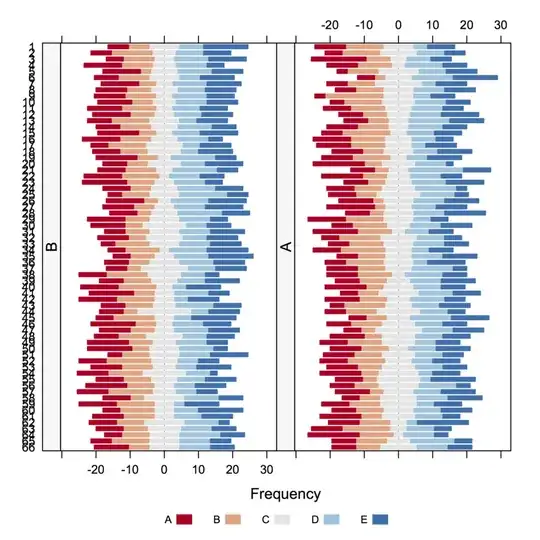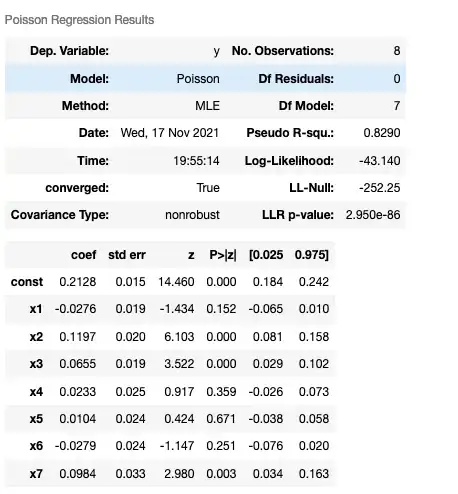I have a problem where my dependent variable is given as a click-through rate and thus bounded [0,1]. While I have the traffic for each sample (a combination of design factors) and could reconstruct a dataset appropriate for logistic regression..is there a proper way to avoid doing this? From what I've seen it sounds like Quasi-binomial or Beta would work.
I'd prefer to do this in R, but the project requires Python which luckily has a lot of equivalents in the sm.statsmodels package. I thought that the standard GLM, Binomial w/ Logit link would not accept a continuous DV, but the model seems to output fine when given the freq_weights as additional argument. Is the code implicitly calling a Quasi-Binomial in the background?

